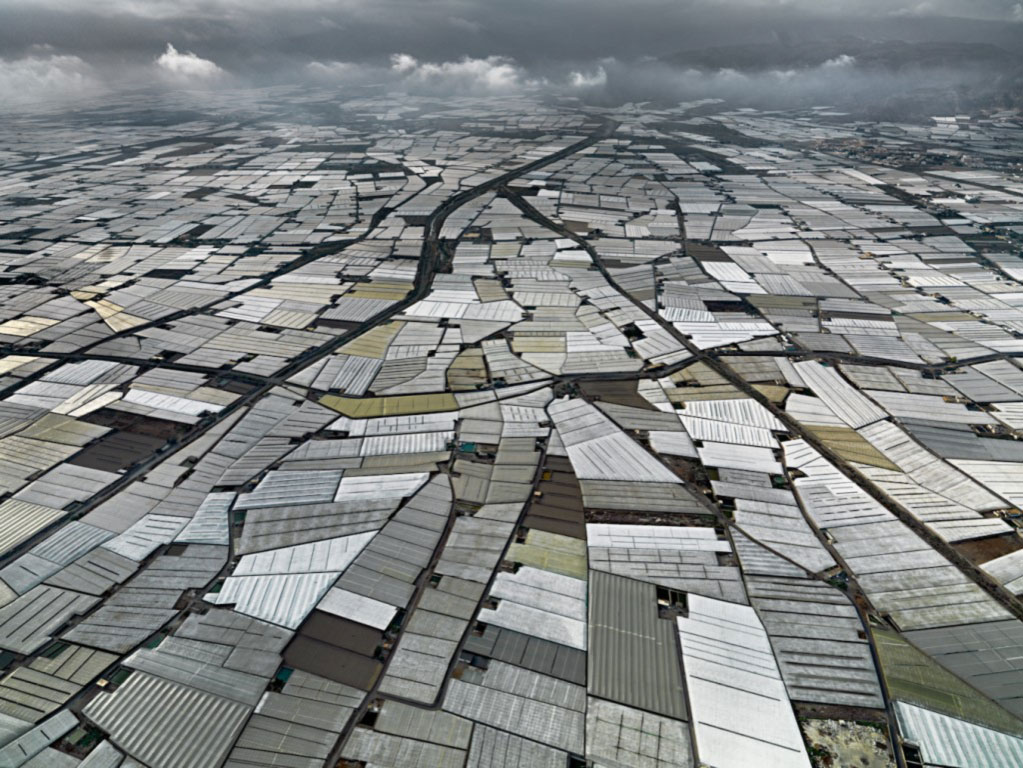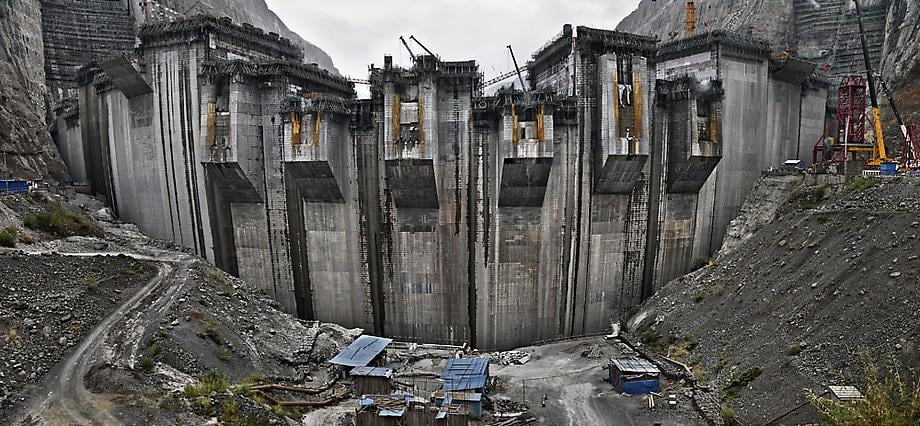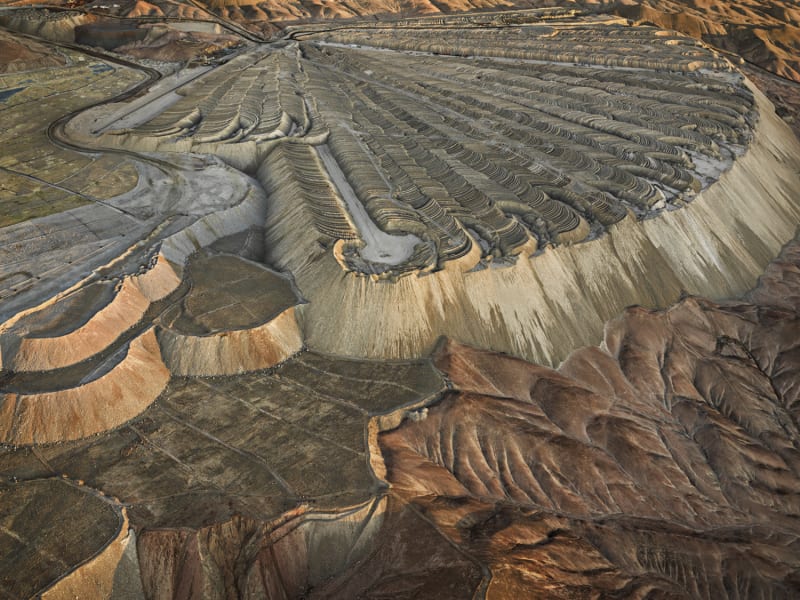1. Initially, I was in awe of the wide, "zoomed out" shots that characterize much of Burtynsky's work, as well as curious as to what they were. It was often hard to discern the patterns and realize that they were actual landforms, but the focus on patterns is what makes his work so successful. It really puts into perspective how small and uniform our manmade landscape can be.
2. I would categorize Burtynsky's work as aerial landscape photography. His focus tends to be shots of a natural environment, changed by humanity in some way, but taken from a bird's eye perspective or from far away to capture all of the subject.

3. Tom Hegen is also an aerial landscape photographer. Much like Burtynsky, his purpose is to expose human impact on nature through photography, utilizing repeating patterns in landforms. I enjoy both of their works, because it brings awareness to the global impacts of humans, more specifically, industrialization, urbanization, etc.
Hegen Burtynsky

4. I believe that if someone remade Burtynsky's work today, it would be much the same, as his work already focuses on the modern issue of climate change and general human impact on Earth. More advanced technology would likely be utilized to capture higher-quality photos.
5. I agree with Burtyensky's quote, and I think he does well to reflect his desire to connect with and make an effort to preserve nature through his work, just by bringing awareness to the fact that humanity as a whole is destroying it.

Comments
Post a Comment